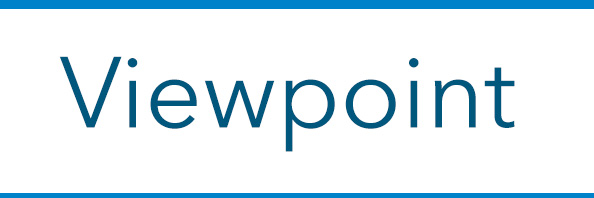By now, you’ve seen the predictions that artificial intelligence could replace entire job categories — from customer service to assembly line workers. It’s much more likely, however, that AI will be less of a job killer and more of a job changer.

A recent report from the World Economic Forum suggests that by 2027, AI will have disrupted 40% of the core skills that workers now possess. Jobs for the Future research shows that large language models could soon automate roughly 10% of the tasks undertaken by at least 80% of American workers. In other words, rapidly advancing AI technology will soon automate some routine tasks across nearly all jobs, necessitating that workers continually upskill and reskill to stay competitive.
As the primary connection point between education and workforce systems in this country, community colleges will need to quickly prepare for the growing impact of AI in the workplace. Our nation’s two-year institutions remain a critically important gateway to social and economic mobility. But they will now need to transform to more effectively equip workers with the skills they need to keep pace with this tech-driven shift in the labor market.
Here are four ways that states can help community colleges evolve to ensure they remain a critical bridge between education and a rapidly changing workforce.
1. Overhaul college financing.
Last year, state lawmakers in Texas increased community college funding by $210 million for the 2024 fiscal year, while introducing a performance-based funding model. Under the new system, 95% of state allocations to community colleges are based on student success metrics, including the number of credentials of value earned, students who transfer to four-year institutions, and high school students who earned at least 15 credits in dual-enrollment programs. Under the state’s previous model, just 10% of funding was linked to student outcomes.
More than 40 states have adopted performance-based funding for public higher education, but few seem to be as effective as early evidence suggests Texas’s model might be. While powerful in theory, mechanisms that connect institutional support to graduation, employment and other related metrics have accomplished very little.
States should correct the multiple redundancies in state funding systems that reinforce this status quo. A full audit of institutional reporting and incentive systems will help states understand how policy is undermined by implementation. This review will allow states to begin taking steps to rebuild funding systems that can better support institutions and the students they are serving.
2. Redefine guided pathways.
Guided pathways were designed to help students follow a clear and direct path to graduation and avoid the potholes and detours that can cause learners to stop out. Yet many colleges have struggled to implement this evidence-based approach effectively because too often they’re emphasizing implementation instead of outcomes to comply with state mandates.
States should remove compliance barriers that make it difficult for institutions to make meaningful changes. They also should help colleges continuously improve by centering efforts on student data and population-specific student outcomes. This strategy has, for example, driven much of the progress in the movement to eliminate college remedial courses, even as the debate continues to be mired in persistent, outdated notions of “best practice.”
3. Embrace competency-based education.
Competency-based education (CBE) enables students to earn college credits based on the knowledge and skills they have gained from prior learning in school, the military and on the job. It offers a more flexible alternative to the rigid credit-hour system that dominates higher education. Yet this innovative approach has failed to catch on at most colleges. That’s because competency-based education is too often weighed down by traditional seat-time measurements and a focus on the cumbersome task of converting prior learning into course equivalencies.
Instead, states and institutions should be agnostic about where students are learning and where learning is certified, turning their attention toward ensuring effective learning outcomes and adopting verifiable digital learning and employment records. In California, for example, eight community colleges are now experimenting with these kinds of non-linear learning paths. Utilizing a direct assessment CBE model, the colleges are providing students with a personalized learning experience focused on their mastery of knowledge and skills they’ve acquired through work and other activities.
This more agile and rigorous approach can place actual learning—not the number of hours spent in the classroom — at the heart of higher education.
4. Prepare higher education for an automated future.
Embracing artificial intelligence is not just about staying relevant. It’s about providing students with tailored learning experiences that prepare them for the careers of the future. It also means upskilling and reskilling college faculty and staff to adapt to the ways the technology may upend instructional methods and student services. A number of community colleges are already exploring how best to use AI to enhance student support. This includes tools that can more swiftly and efficiently identify when students are struggling and in need of intervention.
States and community college systems must rethink outdated policies, practices and procedures and consider new approaches that can help community colleges thoughtfully harness these new technologies and better manage the many changes they will bring to the sector.
As state and higher education leaders reimagine how they might best meet the needs of today’s learners in our AI-powered world, community colleges stand on the frontline of what promises to be a transformative era. As a vital link between high schools, four-year institutions and employers, they are uniquely positioned to close the gap between education and the workforce. With support from state leaders, community colleges can not only nurture more graduates but also create lifelong learners prepared to thrive in our dynamic and evolving economy.





